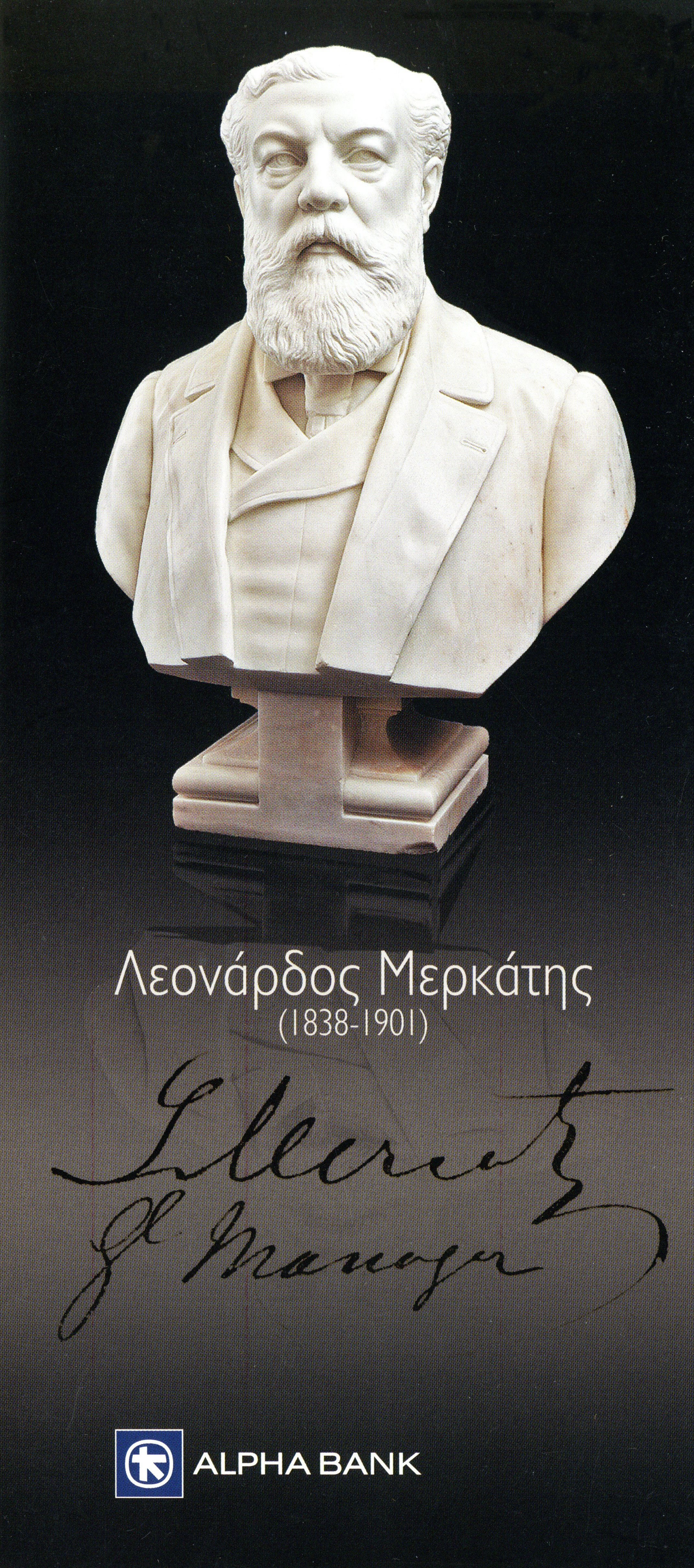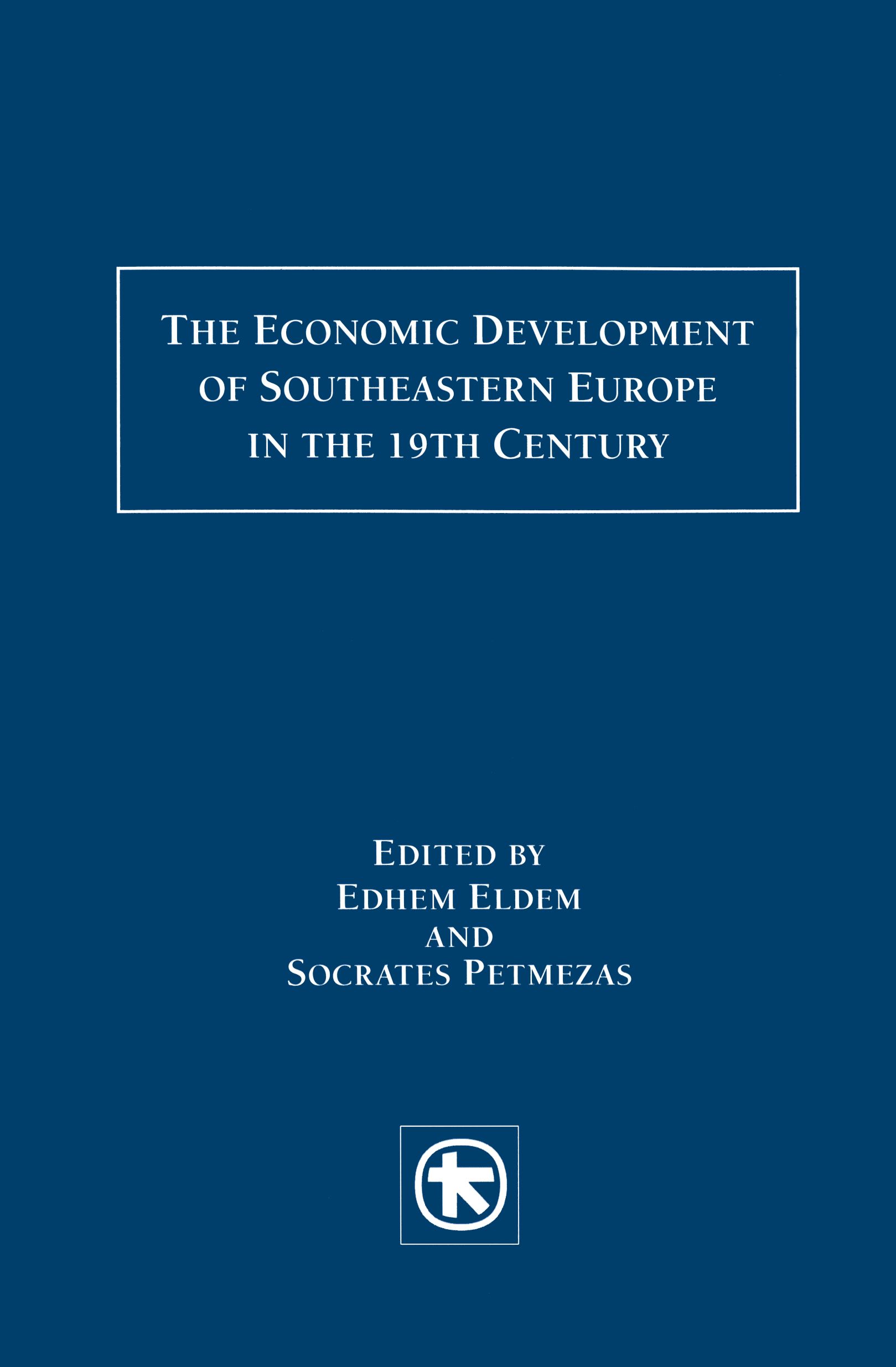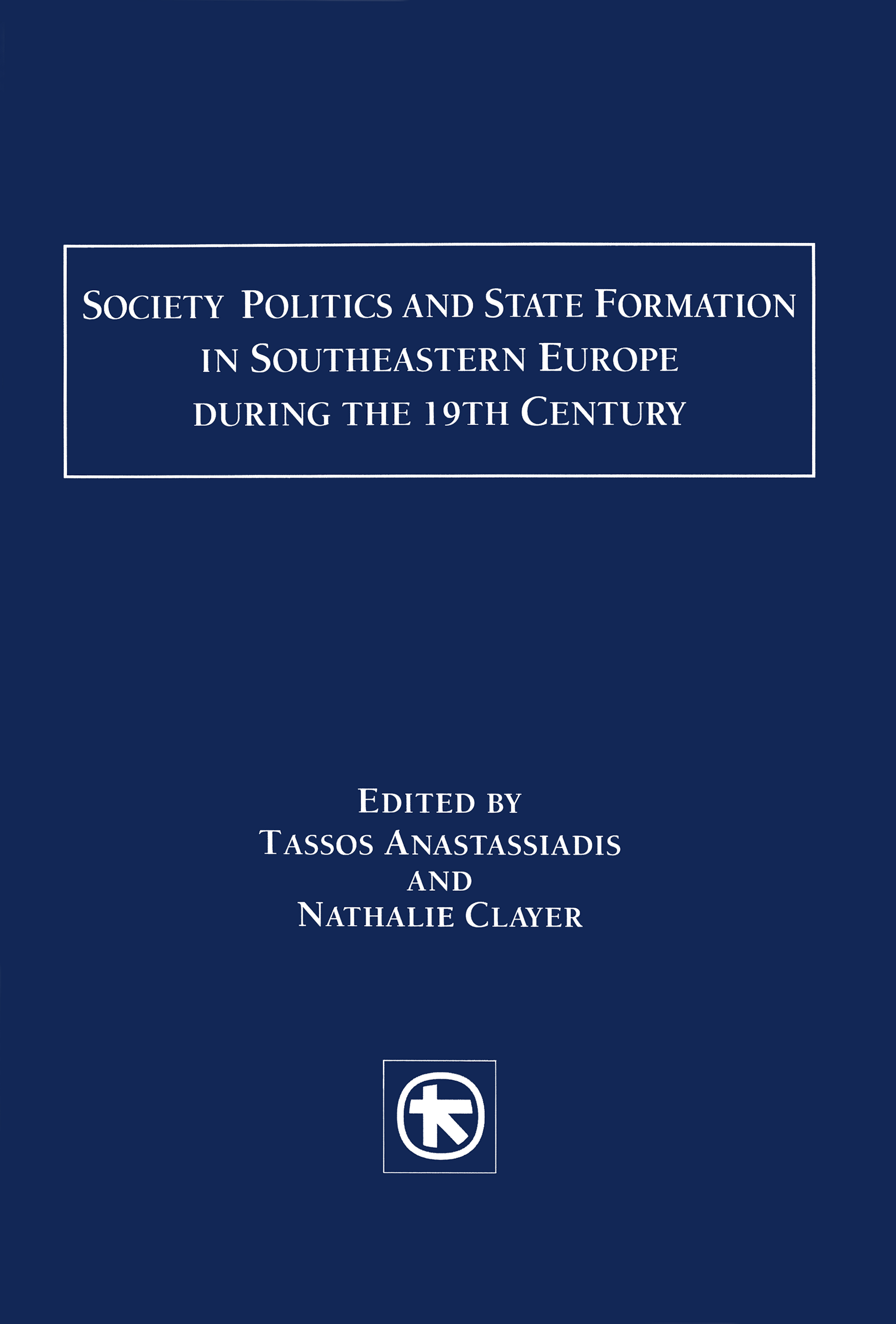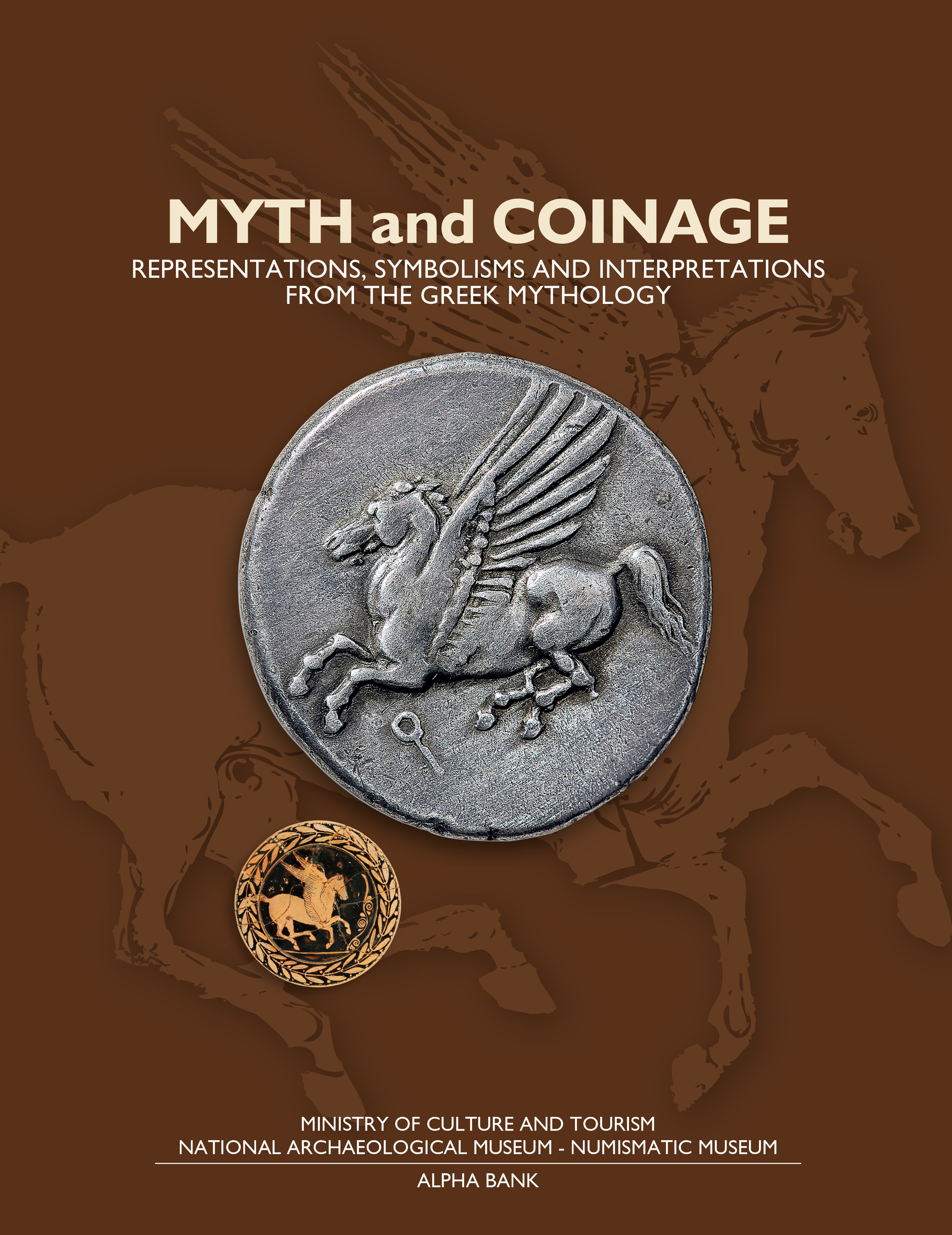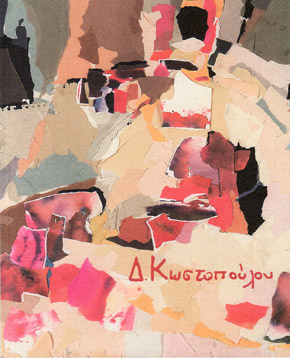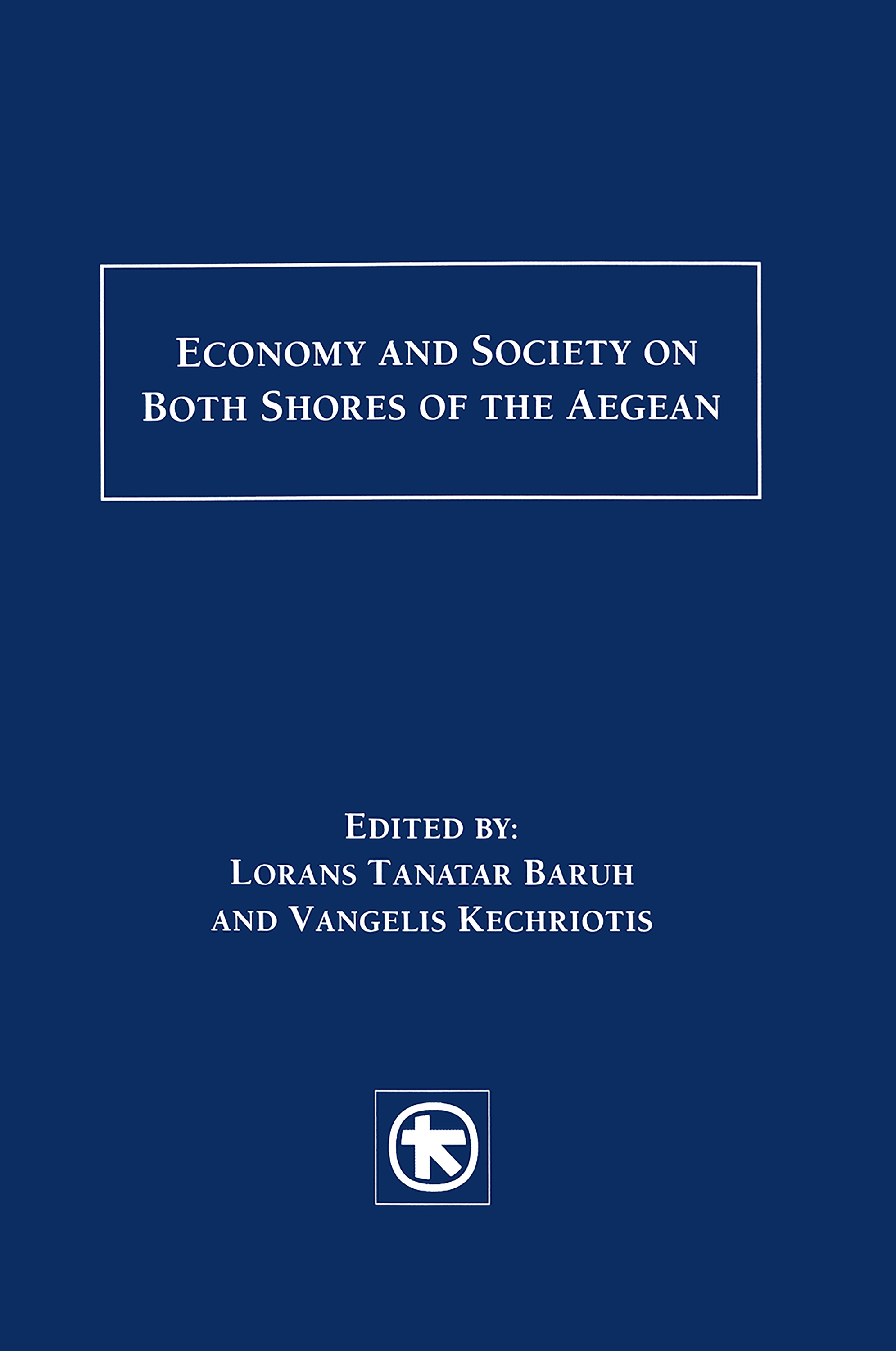Year published: 2012
Athenian Owls
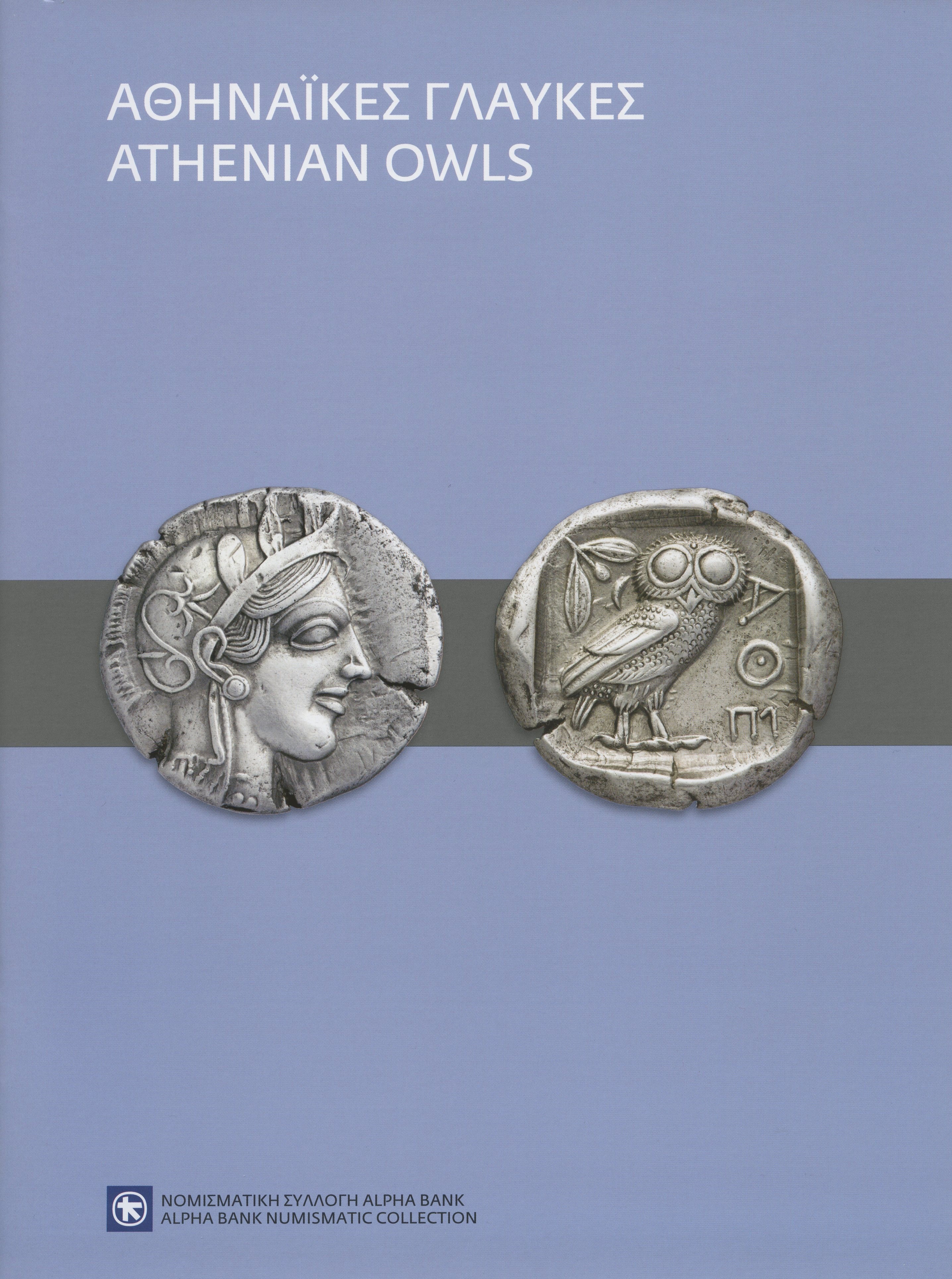
The publication Athenian Owls accompanied the same-titled exhibition hosted at the exhibition area of Alpha Bank’s main building in Athens. It presents the history of the best known coin of antiquity, the tetradrachm of the city of Athens, with the head of the goddess Athena on the obverse and the owl on the reverse. The publication includes photos of coins from the Alpha Bank Collection.
- Edited by: Dimitra Tsangari
- Language: Bilingual (Greek/English)
- Year published: 2012
What the publication includes
The publication Athenian Owls presents the coinage of Athens, the most important city of classical antiquity. It includes photos of 30 coins from the Alpha Bank Collection, divided into 5 chronological sections.
The catalogue of a major exhibition
The publication accompanied the exhibition “Athenian Owls” hosted by the Numismatic Collection of Alpha Bank at the exhibition area of the Bank’s main building in Athens in 2012.
Journey through time with a coin
The publication presents the history of Athenian coins in 5 chronological sections:
- The first Athenian coins – In around 550 BCE, Athens put into circulation silver 2-drachma coins and coins with lower denominations and various iconographic types on the obverse. The variety of iconographic types earned these coins the designation heraldic, although the term most often used among researchers is the German term Wappenmünzen.
- The first Athenian owls – The first Athenian tetradrachms were minted around 515-510 BCE. They are called owls, as they depicted an owl on the reverse, the symbol of goddess Athena. After establishing the Delian League, the Athenian navy dominated the Mediterranean and they created a common market where the owls became the most powerful coin of that time.
- The tetradrachms with wreaths or new-style tetradrachms – In the 2nd century BCE, Athens adopted a new type for its tetradrachms. On the reverse, they added an olive wreath. That’s why they were known as “tetradrachms with wreaths” or “new-style tetradrachms”.
- The Athenian imitations – In late 5th century BCE, Athens could not keep up with the demand for owls, which led to many imitations. They circulated mostly in the 4th century BCE by Persian satraps and faraway lands.
- The owl in the coinage of modern Greece – The antiquity-oriented spirit of modern Greece led to reviving the Athenian owl on banknotes and coins. The symbol of the city of Athens survives to this day on the national side of the Greek 1-euro coins.
Edited by: Dimitra Tsangari
Publisher: Alpha Bank
Place and time: Athens, 2012
Dimensions: 28.5 x 21 cm
Pages: 32
Cover type: Paperback
ISBN: 978-960-99793-3-7
